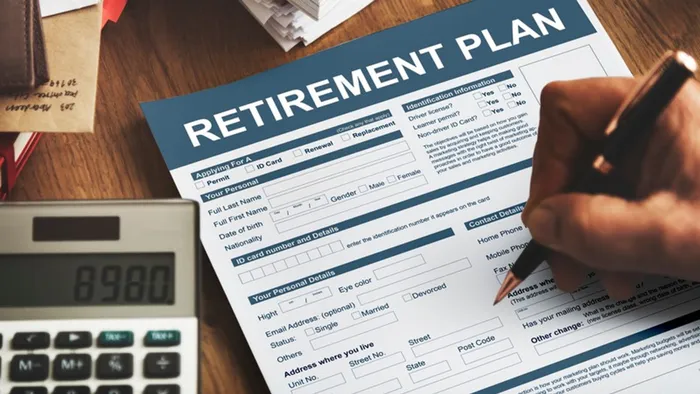Two-Pot doesn’t mean you can hide money during a divorce

By Nicola Mawson
The pending implementation of the Two-Pot retirement scheme does not mean that those who wish to withdraw savings can use that method to hide money from a soon-to-be-ex spouse or get out of maintenance obligations in terms of minor children.
The new retirement regime comes into effect from September 1. As Old Mutual explains on its website, the Two-Pot retirement system enables investors to access a small portion of retirement savings (before they retire) for emergencies. The bulk of the savings will remain “preserved”, meaning most of the money will remain invested.
The introduction of this system is as Ann Leepile, CEO of Alexforbes Investments, explained during a recent media briefing, still confusing and there are aspects that still need to be ironed out. “There has been a lot of misinformation and misunderstanding when it comes to Two Pot,” she said.
Leepile added that there’s a lot of misunderstanding around how much money members can access, tax implications of accessing the savings, minimum withdrawal amounts, whether there are any maximum withdrawal amounts, and what is deemed seed capital in your savings part.
What is, however, clear is that investors cannot use the new system to hide money ahead of divorce proceedings if they were married under a regime that would allow their almost ex to be granted some of their investments. Nor can they get out of maintenance obligations for minor children.
Felicia Hlophe, legal adviser at Allan Gray, explained on its website, that “if a member marries without concluding an antenuptial contract, the default is that their marriage will be one of in community of property. In this regime, the member and the non-member spouse each own 50% of the assets and liabilities in the estate (joint estate) and, upon divorce, each spouse has a 50% claim against the other”.
If people are married out of community of property with accrual, “the spouse with the larger estate (assets less liabilities, subject to exclusions) must pay the difference between the value of her/his estate and the estate of their spouse to the spouse with the smaller estate”, said Hlophe.
Fiona Rollason, group head of legal and insurance at AlexForbes, pointed out that the Pension Funds Act caters for four scenarios where members’ benefits can be reduced: housing loans; divorce; maintenance; and compensation to your employer.
Previously, she said, if there was a deduction for one of those events, it would come off the savings. Now, with a changed legal landscape, fund administrators need to work out how much can be paid out of the savings pot. What has also happened, Rollason said, is that there are now additional rules around when these deductions can be made if there’s a divorce in progress.
“And really, I think the concern is that in certain circumstances, people may try to take a savings claim and thereby reduce the value in the fund, leaving a former spouse with less money to pay for maintenance or divorce as the case may be,” said Rollason.
One example Rollason provides is if someone wanted to take out a housing loan on the back of the savings “pot”. In this instance, should summons for the divorce proceedings have been issued, although the divorce is not final, and the fund member seeks to get a home loan using the one “pot” as collateral, the fund has been notified, the non-member would have to give consent for the cash to be used.
“The reason why they want to get the non-member spouse to discuss the opportunity to agree or not is that if the loan is granted, it reduces the amount available in the fund for the divorce. So, you can see there’s a lot more interaction in these types of circumstances. If there’s divorce pending, we won’t just automatically go through the housing loan process,” said Rollason.
Another scenario Rollason highlighted was when a member wanted to submit a savings “pot” claim and there was a divorce order, the fund manager would calculate whether there was enough in the savings “pot” to fulfil the divorce order payout as ruled by the court and would then be able to pay out the balance.
When it comes to maintenance, Rollason explained that this was similar to the divorce scenario in that, should the investment house get a maintenance order from the court, and a client tried to pull down savings, the retirement fund would have to assess if there’s enough money to pay both. “And if we can pay both, then we will pay both.”
However, should there be a court-sanctioned investigation under way to determine how much money one spouse has during a divorce proceeding, and a judgment is awaited as to the value of the maintenance, nothing will be paid out until the court matter is settled, said Rollason.
“And handy maintenance order is a bit trickier because we obviously don’t know until the maintenance order is finalised how much the maintenance order is for. So the legislation actually says that when we get a notification, let’s say, from the maintenance court that there is an investigation going on and they’re waiting for a judgment as to how much the maintenance will be, that we must assess if there’s enough money.”
Rollason added that the maintenance order when wrapped up by the courts would take precedence over any other withdrawal request.
PERSONAL FINANCE